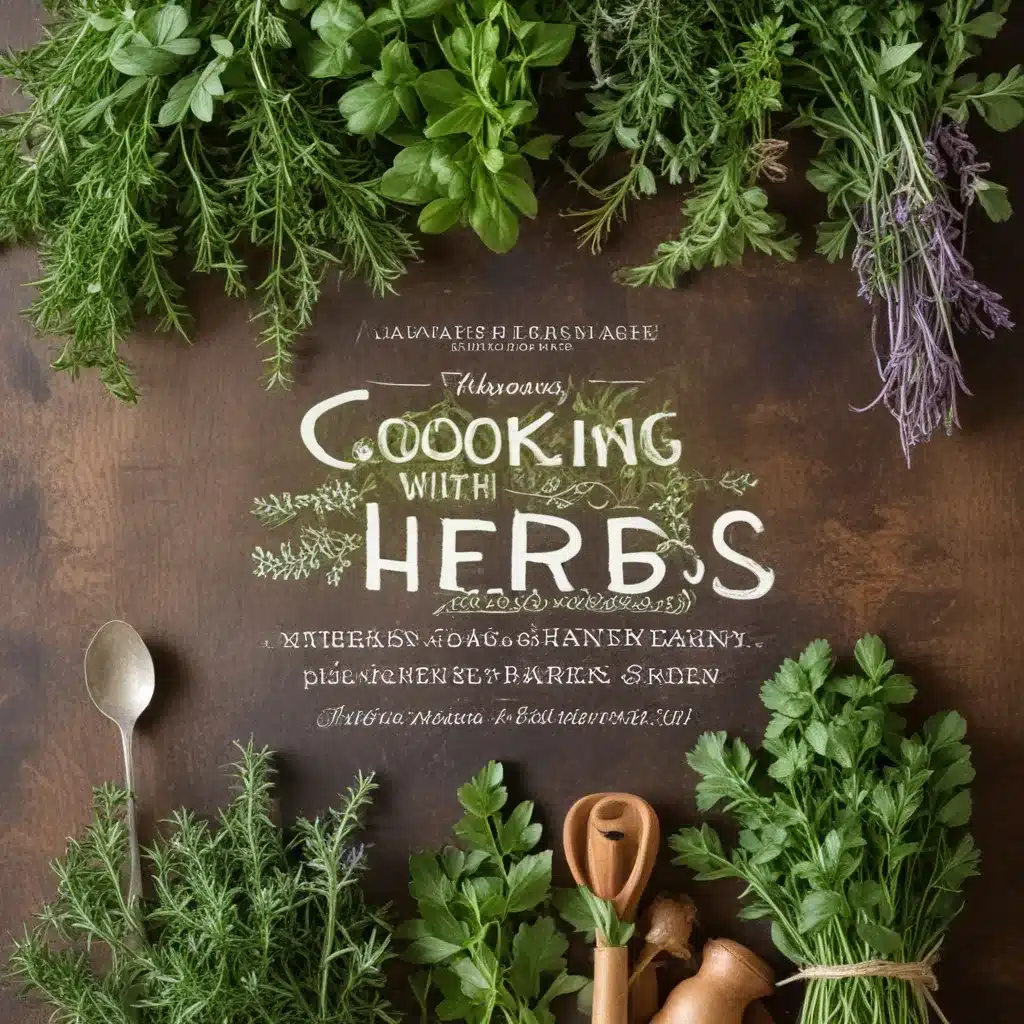
Herbs are the quintessential flavor-boosters in the kitchen, elevating even the simplest dishes with their aromatic essence. At Crooked Pines Farm, we believe that cultivating your own herb garden opens up a world of culinary possibilities. From classic Mediterranean basil to bold North African ras el hanout, these plant-based seasonings can transform a meal from ordinary to extraordinary. In this guide, we’ll explore the art of cooking with fresh and dried herbs, helping you harness the full spectrum of flavors that your garden (or local market) has to offer.
Herb Varieties in Cooking
Whether you’re a seasoned home chef or just starting to experiment in the kitchen, familiarizing yourself with the diverse world of culinary herbs is an essential first step. While some, like parsley, basil, and thyme, are staples in many households, there’s a wealth of flavorful options beyond the usual suspects.
Common Culinary Herbs: These are the herbs you’re likely to find in most grocery stores and easily grow in home gardens. They include classics like oregano, rosemary, sage, mint, chives, and cilantro. Each lends a distinctive aroma and taste, perfectly suited for a range of dishes from Italian pasta sauces to Mexican salsas.
Exotic and Specialty Herbs: Venture beyond the basics, and you’ll discover a whole new realm of herbaceous delights. Lemongrass, lavender, tarragon, and marjoram add unique and complex notes to both savory and sweet preparations. Explore your local farmers market or specialty food stores to uncover rare treasures like Vietnamese coriander, epazote, and lovage.
Dried vs. Fresh Herbs: While fresh herbs undoubtedly offer the most vibrant and true-to-plant flavors, there’s a time and place for their dried counterparts. Dried herbs tend to have a more concentrated essence, making them ideal for marinades, rubs, and slow-cooked dishes. Fresh herbs, on the other hand, are better suited for delicate garnishes, salad dressings, and finishing touches that showcase their bright, herbaceous character.
Herb Flavor Profiles
Herbs can be broadly categorized into three main flavor profiles: aromatic, savory, and herbaceous. Understanding these distinctions can help you pair herbs effectively and achieve a harmonious balance in your culinary creations.
Aromatic Herbs: These herbs, like basil, mint, and lemongrass, are prized for their fragrant, often citrusy or floral notes. They lend a refreshing quality to dishes and pair well with lighter proteins, salads, and beverages.
Savory Herbs: Herbs like rosemary, thyme, sage, and oregano have a more robust, earthy flavor profile. They excel in heartier preparations, such as stews, braises, and roasted meats and vegetables.
Herbaceous Flavors: Some herbs, such as parsley, cilantro, and chives, offer a clean, green, and grassy taste. They can help balance rich, creamy dishes or add a bright, herbaceous touch to salads and sauces.
Cultivating Herb Gardens
One of the joys of cooking with herbs is the opportunity to grow your own. At Crooked Pines Farm, we believe that tending to an herb garden, even a small one, can be a rewarding and educational experience for the whole family.
Planning an Herb Garden: When laying the groundwork for your herb oasis, consider factors like site selection, soil preparation, and plant spacing. Choose a location that receives ample sunlight (at least 6 hours per day) and has well-draining soil. Raised beds or containers work great for urban and small-space gardeners.
Choosing Herb Varieties: Decide which herbs you and your family enjoy the most, and start there. Classic choices like basil, rosemary, and thyme are always crowd-pleasers, but don’t be afraid to experiment with more unique offerings, such as lavender or lemon verbena.
Maintaining Herb Plants: Proper care is key to keeping your herb garden thriving. Most herbs prefer consistent yet moderate watering and full sun exposure. Regularly harvesting the leaves and stems encourages bushy growth and prevents flowering, which can cause the herbs to lose their signature flavors.
Incorporating Herbs into Recipes
Herbs are incredibly versatile, lending their distinctive flavors to a wide array of dishes, from savory to sweet. Mastering the art of pairing herbs with complementary ingredients is the key to unlocking their full potential in the kitchen.
Herb Pairing Principles: When combining herbs with other flavors, consider the intensity of each component. Pair stronger, more assertive herbs like rosemary or sage with robust foods, while delicate herbs like chives or dill work better with milder ingredients. Also, pay attention to flavor profiles – basil and tomatoes are a classic combination, while thyme and roasted root vegetables create a harmonious pairing.
Cooking with Herbs: Herbs can be incorporated into recipes in a variety of ways, each with its own unique effect. Herb-infused oils and vinegars allow you to capture and preserve the essence of your favorite herbs, while herb-centric dishes, such as pesto or chimichurri, showcase the star power of these flavorful plants.
Benefits of Cooking with Fresh Herbs
Beyond their culinary applications, herbs offer a wealth of nutritional and aesthetic benefits that make them a must-have in any well-stocked kitchen.
Nutritional Value of Herbs: Herbs are packed with beneficial antioxidants, phytochemicals, vitamins, and minerals. Incorporating them liberally into your meals can contribute to an overall healthier diet and support your body’s natural defenses.
Culinary and Aesthetic Appeal: The vibrant colors, textures, and aromas of fresh herbs add visual interest and sensory delight to your dishes. A well-placed sprig of rosemary or a scattering of chopped cilantro can elevate the presentation of even the simplest recipes, making your food not just delicious but a feast for the senses.
Unleash the power of herbs in your kitchen by learning to grow, preserve, and cook with these aromatic wonders. Whether you’re whipping up a quick weeknight pasta or planning an elaborate Sunday supper, the right herbs can transform your meals from ordinary to extraordinary. Join us at Crooked Pines Farm as we continue to explore the boundless culinary possibilities of these flavorful plant allies.


